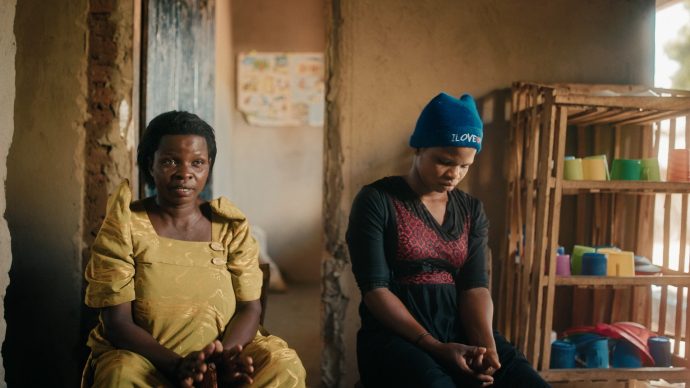Ikke mange ved det, men i dele af 2013 kunne Nepal i Himalaya sende flere flygtninge til et nyt liv i de rige lande end nogen anden nation i Den 3. Verden – bag ved ligger et storstilet program for at indsluse 86.000 bhutanesiske flygtninge i Nepal til Vesten, herunder Danmark.
DAMAK, 30 December 2013 (IRIN): Six years into the resettlement of tens of thousands of Bhutanese refugees to third countries from camps in Nepal, experts say there are lessons from the operation that can inform similar efforts around the world.
Since the launch of the programme in late 2007, more than 86.000 of the 108.000 Bhutanese refugees in Nepal have been permanently resettled in eight countries – the United States, Canada, the Netherlands, DENMARK, Australia, Norway, New Zealand, and the United Kingdom – making the operation among the world’s largest of its kind.
“The main lesson from this refugee situation has been that strong commitment and cooperation of the states can help unlock protracted (langvarige) refugee situations,” Cecile Fradot, senior protection officer at the UN Refugee Agency (UNHCR) Nepal office told IRIN.
A protracted refugee situation (PRS) refers to a situation in which refugees have lived in lived in exile for five years or more, and where there is a low likelihood of resolving their situation in the near future.
This is according to the PRS Project a joint research initiative by Oxford University’s Refugee Studies Centre, the Norwegian Institute of International Affairs, and the Internal Displacement Monitoring Centre of the Norwegian Refugee Council.
The first refugee camp in Nepal was set up in 1990 after thousands of ‘Lhotsampas’ (ethnic Nepali Hindus) fled neighbouring Bhutan, fearing for their lives after the Bhutanese government introduced new citizenship rules.
By 1996 the camp population had swelled to more than 100.000 and 15 rounds of talks between Nepal and Bhutan had failed to resolve the issue.
The breakthrough
In 2007, a group of donor governments – initially comprising Australia, Canada, DENMARK, Norway, the Netherlands, and the US, and today including the UK and New Zealand – announced they would “resettle, over a number of years, substantial numbers of refugees who chose this option”, Fradot said.
The number of refugee camps in eastern Nepal grew to seven, but with so many people opting for third-country resettlement, the camps were later consolidated into two: Beldangi in Jhapa district and Sanischare in Morang District.
The programme in Nepal is still one of the world’s largest.
“Refugees who wish to resettle will be resettled as soon as possible, but the resettlement process may still continue for years,” said Kensuke Matsueda, a spokesperson from the International Organization for Migration (IOM), a partner in the resettlement operation.
According to UNHCR, by mid-2013 Nepal was the top departure country for third-country resettlement, and 5.400 Bhutanese refugees left in that year, mainly for the United States.
The success of the resettlement operation for Bhutanese refugees in Nepal is underpinned by reliable data on the refugee population, attention to the details of the resettlement process, and the cooperation of international organizations with resettlement countries and the government of Nepal.
Good information makes good programmes
Læs videre på
http://www.irinnews.org/report/99405/analysis-nepal-s-successful-refugee-resettlement-operation














